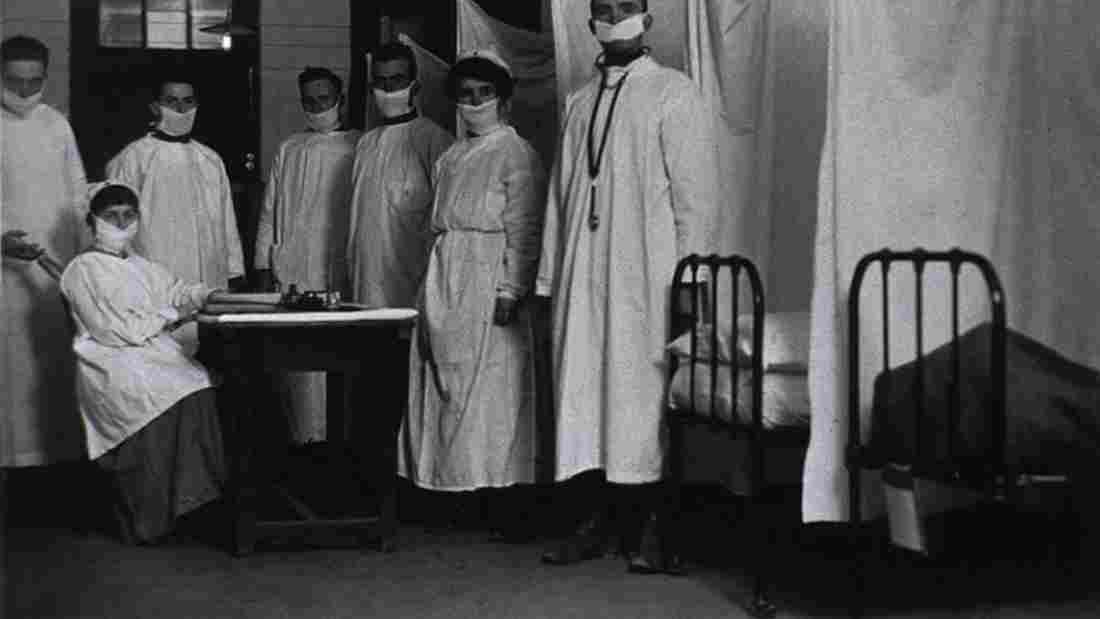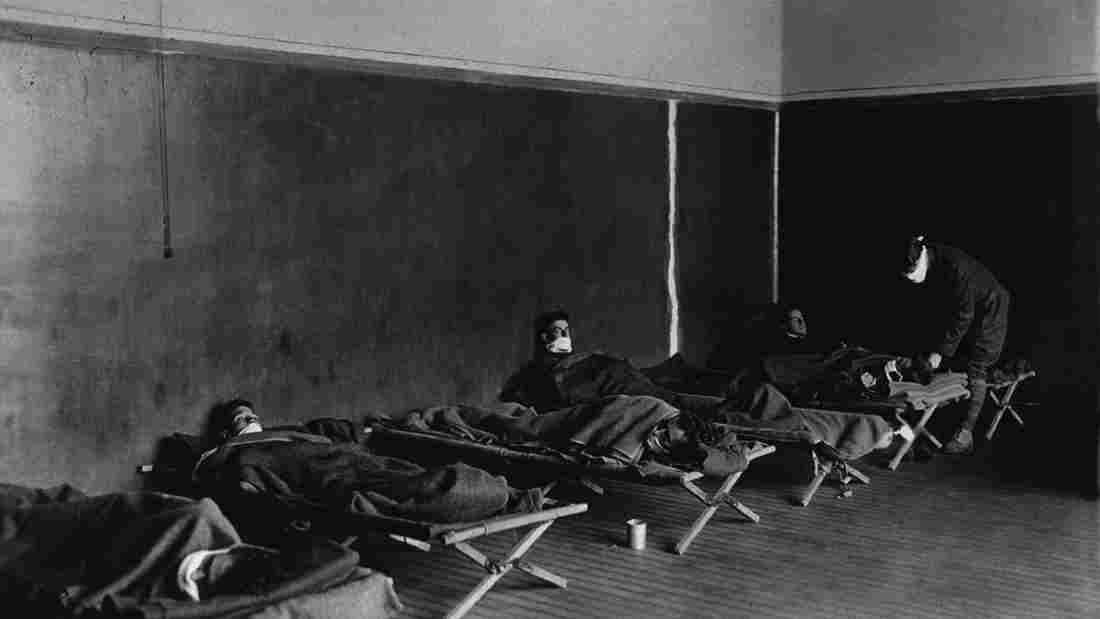The Spanish Flu, a deadly influenza pandemic that swept across the globe from 1918 to 1920, is considered one of the most severe in history, leading to a staggering number of deaths. It is estimated that 50 million people losing their lives worldwide.
This post aims to explore the influence of this devastating event on early 20th-century society and draw parallels to the challenges we face today.
The History of the Spanish Flu
The Spanish Flu emerged towards the end of World War I in 1918. The virus was a strain of H1N1 with genes of avian origin. Despite its name, the flu did not originate in Spain. The misnomer came about because Spain, being neutral in the war, did not impose strict censorship on its press and therefore reported extensively on the disease, creating the illusion that it was most severe there.
It was a time when medical science was not as advanced as today, and the world was already grappling with the aftermath of a long and brutal war. The combination of weakened immune systems due to malnutrition and the mass movement of troops facilitated the rapid spread of the virus.

Spanish Flu Symptoms and Disease Progression
The Spanish flu, much like other strains of influenza, began with symptoms that could easily be mistaken for a common cold. The initial signs typically included a sudden and high fever, dry cough, headache, body aches, and sore throat. However, what distinguished the Spanish flu from other forms of the flu was the rapid and severe progression of these symptoms.
Within a day or two of the onset, patients would start to experience more severe symptoms. Muscle and joint pain would intensify, accompanied by chest pains and an unproductive, persistent cough. These signs indicated the virus’s attack on the respiratory system, which often led to severe complications.
In many cases, the disease took a deadly twist within just a few days of the first symptoms. The virus would severely damage its victim’s lungs, leading to conditions such as pneumonia. This rapid progression to serious respiratory issues was one of the most terrifying aspects of the Spanish flu, distinguishing it from more common, less aggressive strains of influenza.
Furthermore, some patients exhibited signs of heliotrope cyanosis – a condition where the face turns a shade of purple due to insufficient oxygen. This was often a grim indicator of the severity of the infection. In the most severe cases, the disease caused haemorrhages in the skin and bleeding from the ears.
While a significant number of patients eventually recovered after several days or weeks, the rapid progression and severe symptoms led to a high mortality rate, particularly amongst those with weakened immune systems or limited access to medical care.

Spanish Flu Deaths
The Spanish Flu was not only a health crisis but also a demographic disaster that significantly altered global mortality rates. The pandemic swept through every corner of the globe, infecting an estimated one-third of the world’s population. This equates to approximately 500 million people when the world population was around 1.5 billion.
The fatality rate of the Spanish Flu was alarmingly high. While typical influenza pandemics have a mortality rate below 0.1%, the Spanish Flu was dramatically more lethal, with an estimated fatality rate of 10-20%. This meant that of the 500 million people infected, between 50 and 100 million succumbed to the disease.
To put this in perspective, the deaths resulting from the Spanish Flu were higher than the total casualties from World War I, which had just ended when the pandemic began.
In some countries, the mortality impact was even more pronounced. In the United States, for instance, the Spanish Flu caused such a significant loss of life that the average life expectancy in the country plummeted by about 12 years during the pandemic. This dramatic drop was due not only to the sheer number of deaths but also to the fact that unlike other strains of influenza, the Spanish Flu disproportionately affected young adults, who typically have many potential years of life ahead of them.
Moreover, the Spanish Flu struck down people in the prime of their lives, leading to a ‘W-shaped’ mortality curve – a pattern unseen in other influenza pandemics which usually cause a ‘U-shaped’ mortality curve (high death rates at the young and old ends of the age spectrum). The middle peak of this ‘W’ represents an unusually high number of deaths among those aged 20-40 years.
The scale of deaths caused by the Spanish Flu was unprecedented and reshaped societies worldwide. It altered family structures, created scores of orphans, and impacted communities for generations.
The high death toll and the speed at which the virus claimed its victims were a stark reminder of the destructive potential of pandemics, highlighting the importance of public health preparedness and response.

Social, Economic, and Political Changes in the Wake of the Spanish Flu
The ramifications of the Spanish Flu extended far beyond the immediate health crisis, ushering in profound social, economic, and political changes that reshaped societies worldwide.
Social Changes
On a societal level, the Spanish Flu instigated a significant shift in demographics due to its unusually high mortality rate among young adults. This demographic group is typically less affected by influenza, which generally poses a greater threat to the very young, elderly, or those with compromised immune systems.
The loss of so many people in their prime led to a ‘missing generation’ effect, altering family structures, increasing the number of orphans, and leaving lasting psychological impacts on survivors and communities.
In addition, the pandemic highlighted the importance of public health measures and community cooperation. It fostered a sense of unity in many societies as people came together to nurse the sick, comfort the bereaved, and maintain essential services.
Economic Changes
Economically, the Spanish Flu precipitated a severe downturn. As a significant portion of the workforce fell ill or died, productivity plunged across various sectors. With industries struggling to operate at full capacity, unemployment soared, and poverty levels rose sharply. The economic hardship was further compounded by the fact that the pandemic followed closely on the heels of World War I, a period already marked by economic instability.
However, it’s worth noting that the economic impact of the Spanish Flu was not uniformly negative. Some sectors, such as the healthcare industry and pharmaceuticals, saw growth due to the increased demand for medical services and products.
Political Changes
Politically, the Spanish Flu had a profound influence on public health policies. The pandemic laid bare the weaknesses in healthcare systems worldwide, revealing a lack of preparedness for such large-scale health emergencies.
In response, governments around the world increased investment in public health infrastructure. This led to the establishment and strengthening of institutions dedicated to disease control and prevention, setting the groundwork for modern public health systems.
The Spanish Flu also underscored the importance of international cooperation in dealing with global health crises, paving the way for the formation of international health organizations.
In conclusion, the Spanish Flu was a catalyst for change on several fronts, driving societal, economic, and political transformations that have shaped the world as we know it today.
Lessons for Today
Reflecting on the Spanish Flu pandemic offers valuable insights for our current response to public health emergencies like COVID-19. Similar to the early 20th century, we are battling a global pandemic with far-reaching social and economic implications.
The Spanish Flu taught us the importance of swift and coordinated responses, transparent communication, and robust healthcare systems – lessons that remain relevant today. The strengthening of public health institutions and emergence of new healthcare policies following the Spanish Flu set precedents that continue to guide our approach to public health crises.

